The Fram Museum - Oslo - 2015
Fram ("Forward") is a ship that was used in expeditions of the Arctic and Antarctic regions
by the Norwegian explorers Fridtjof Nansen, Roald Amundsen and others between 1893 and 1912.
It was designed and built by the Scottish-Norwegian shipwright Colin Archer for Fridtjof Nansen's
1893 Arctic expedition in which the plan was to freeze Fram into the Arctic ice sheet
and float with it over the North Pole.
Fram is said to have sailed further north (85°57'N) and farther south (78°41'S) than any other wooden ship.
>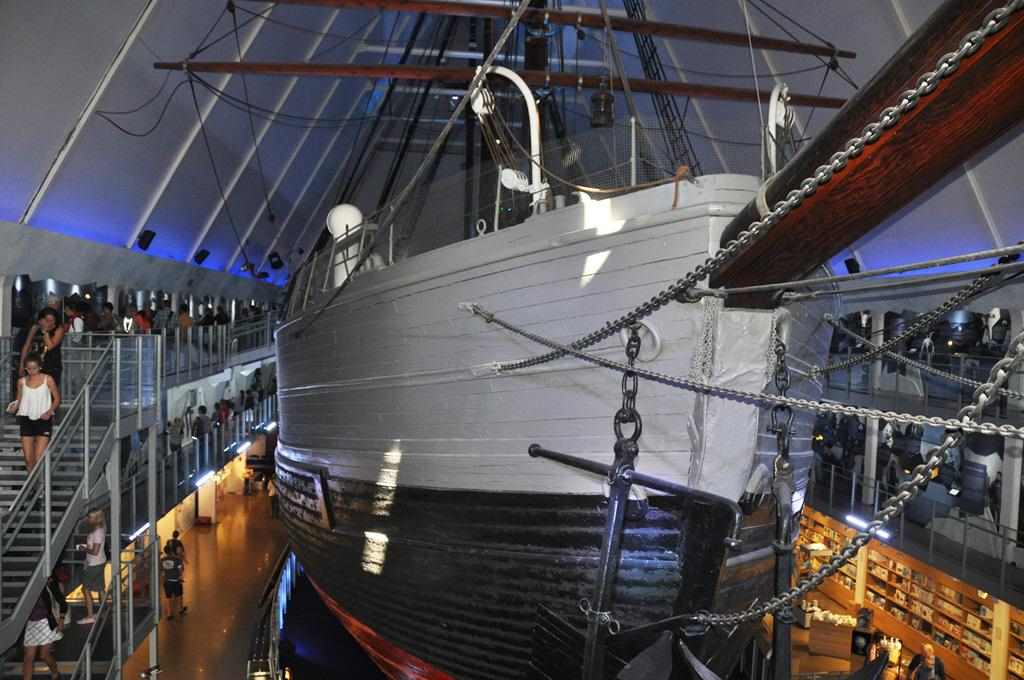

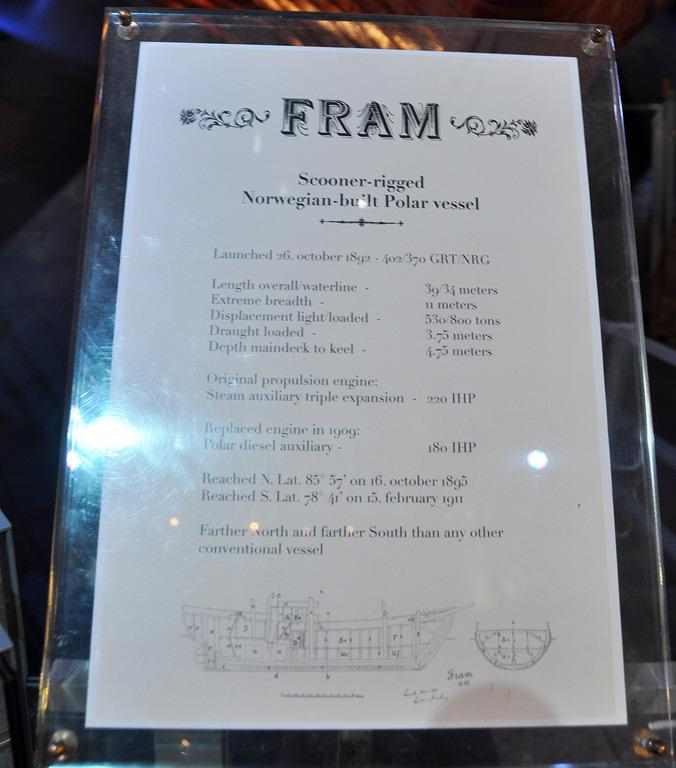
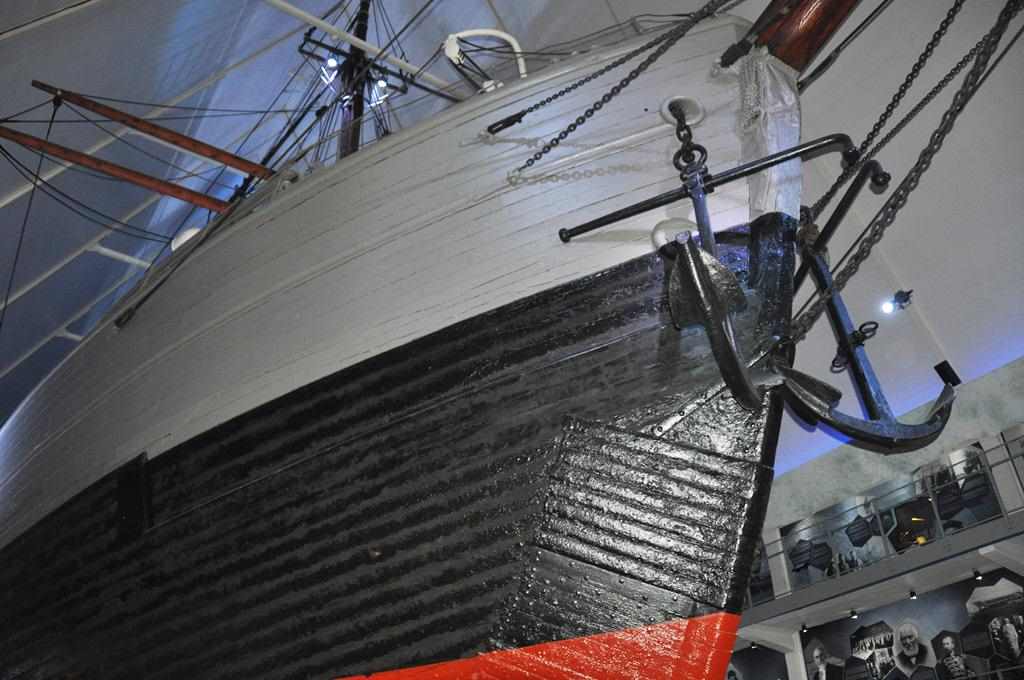
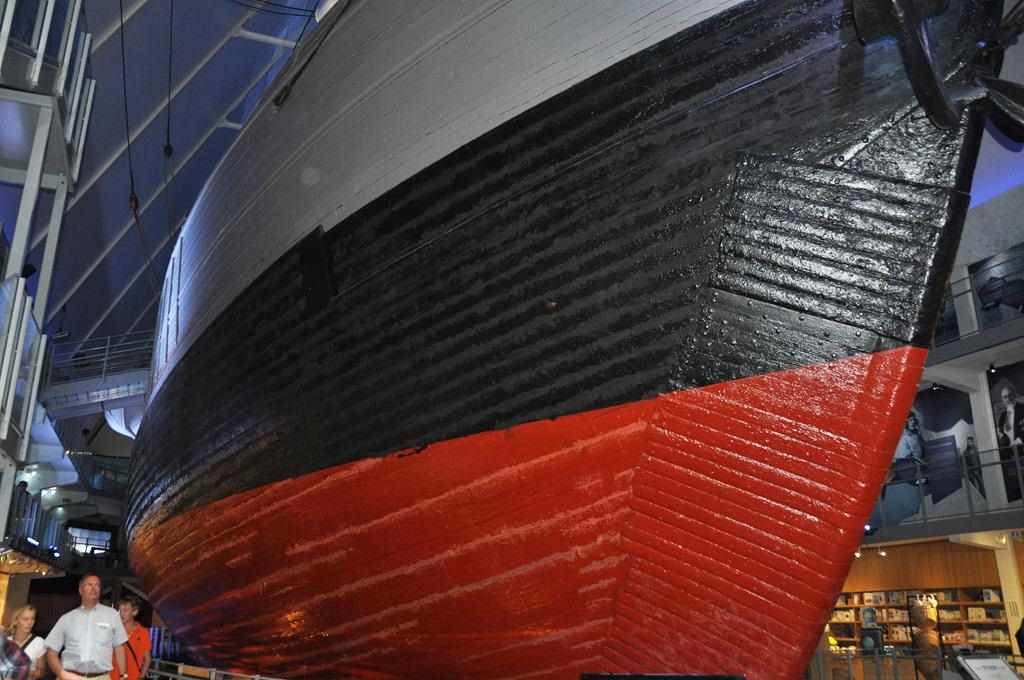
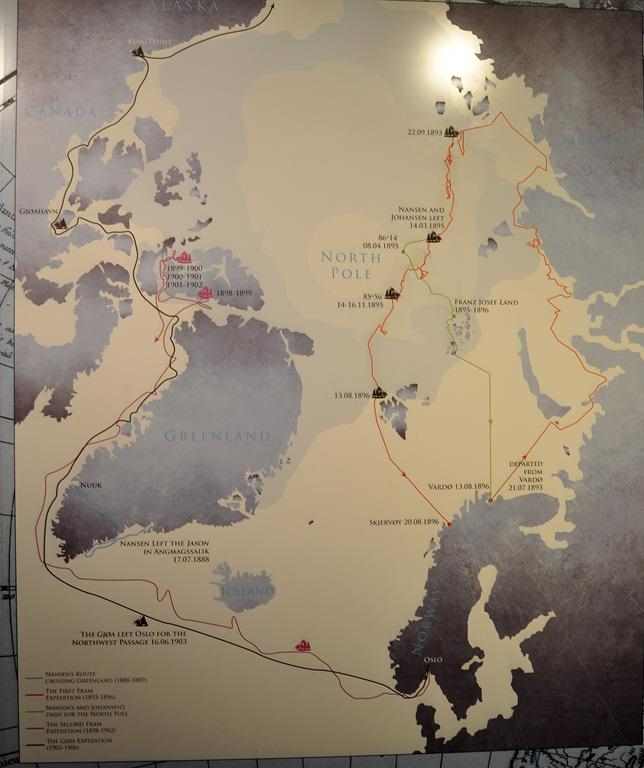
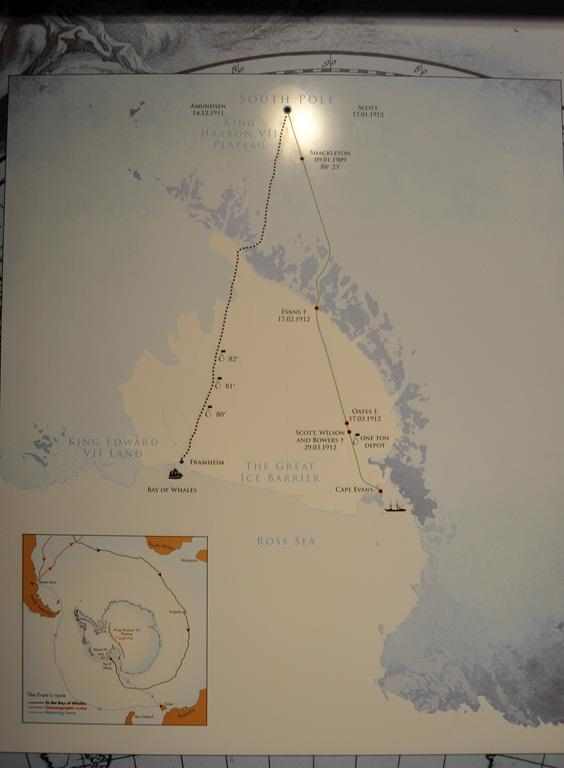
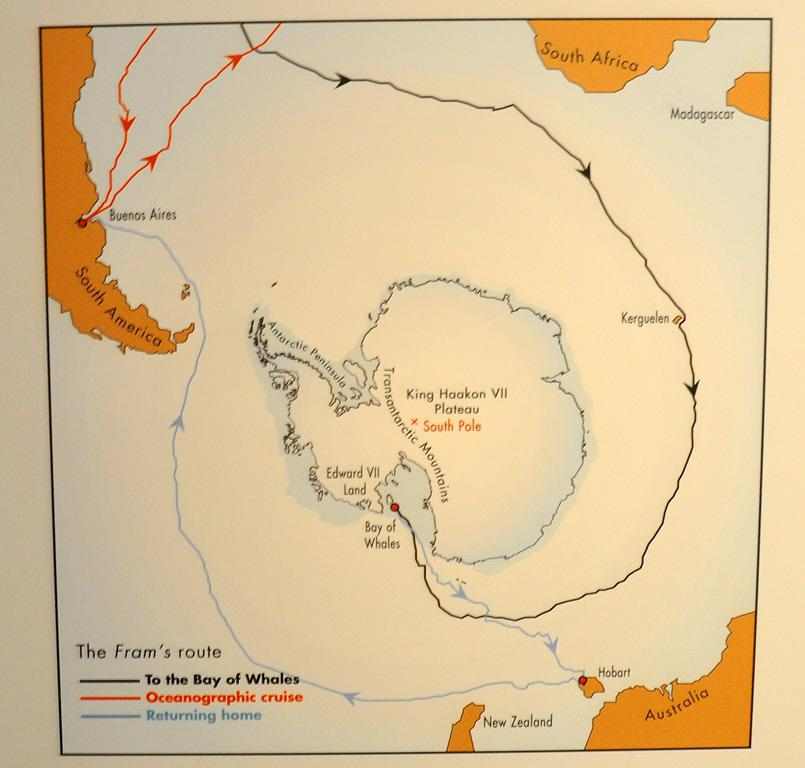
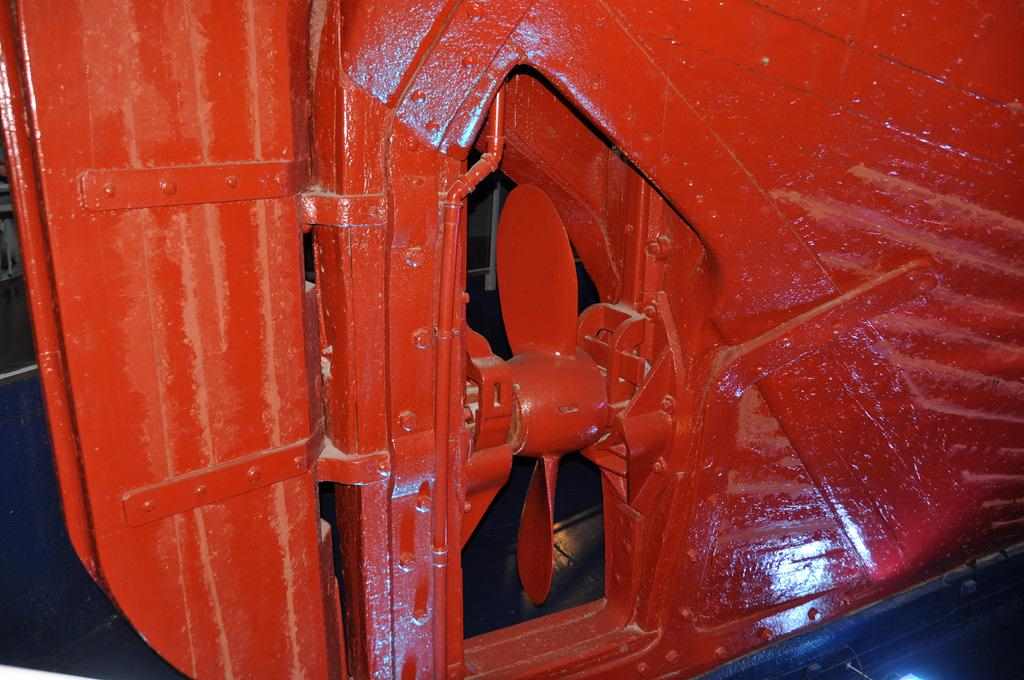
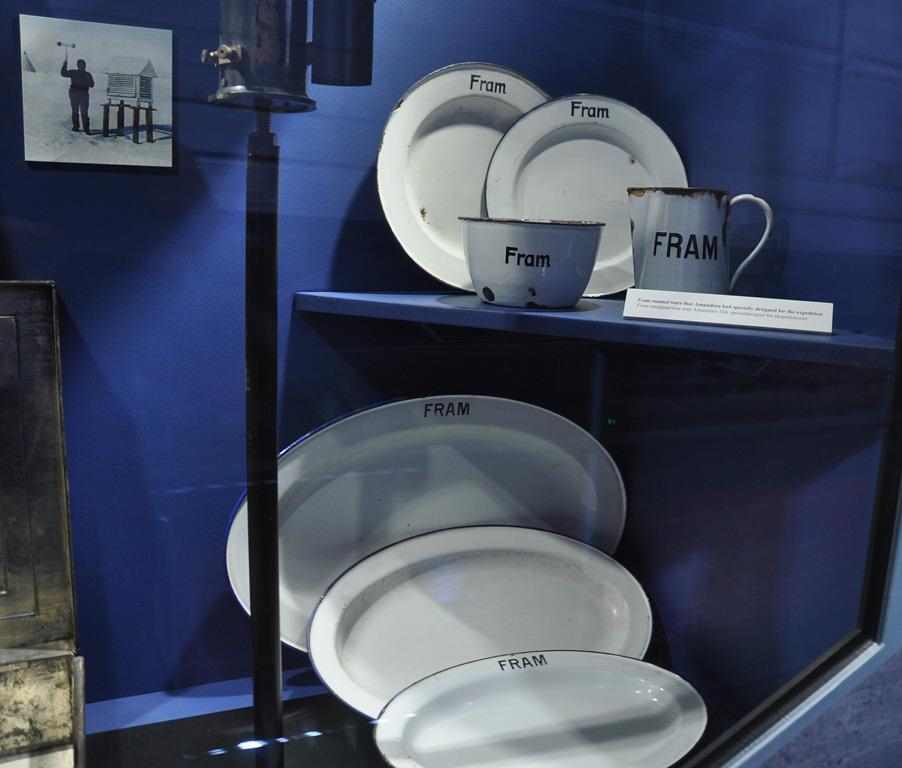
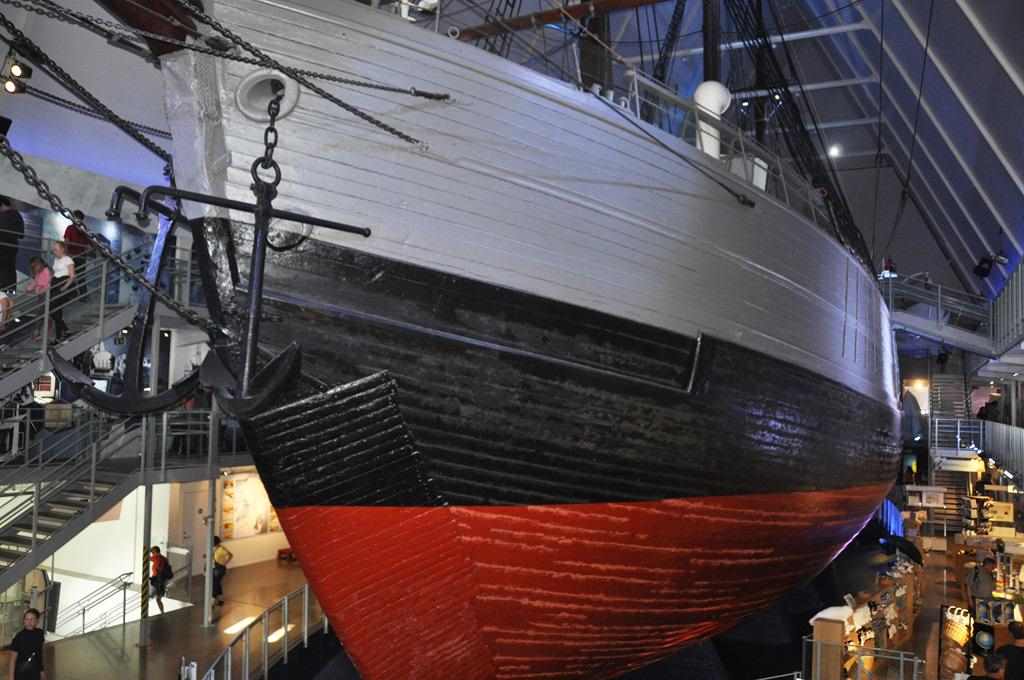
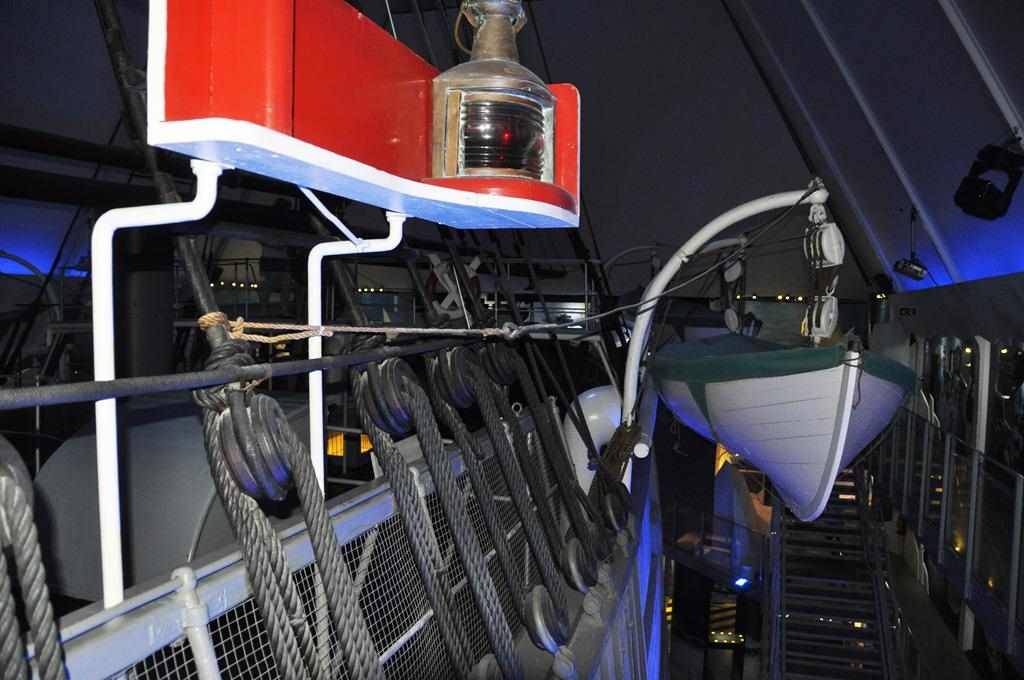
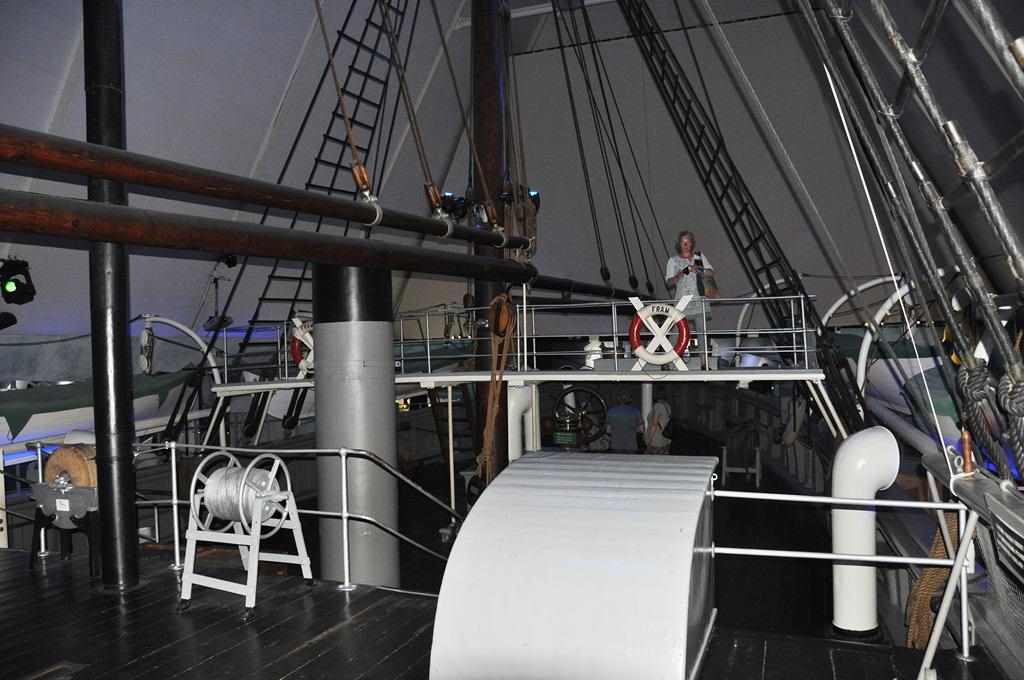
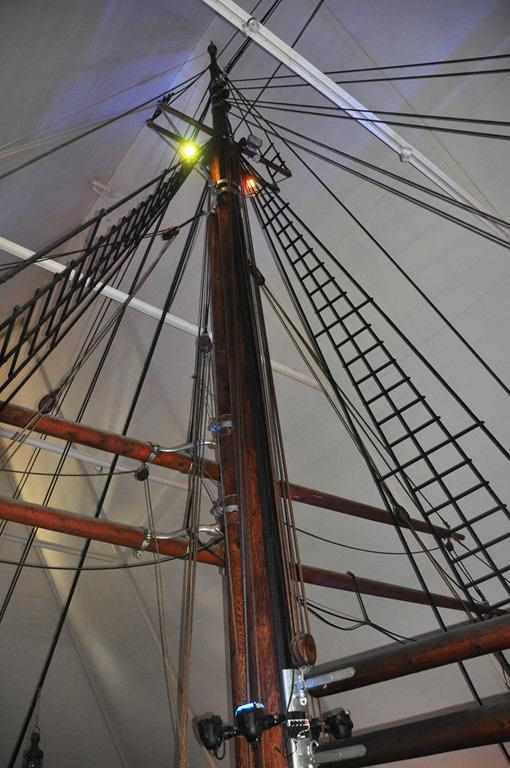

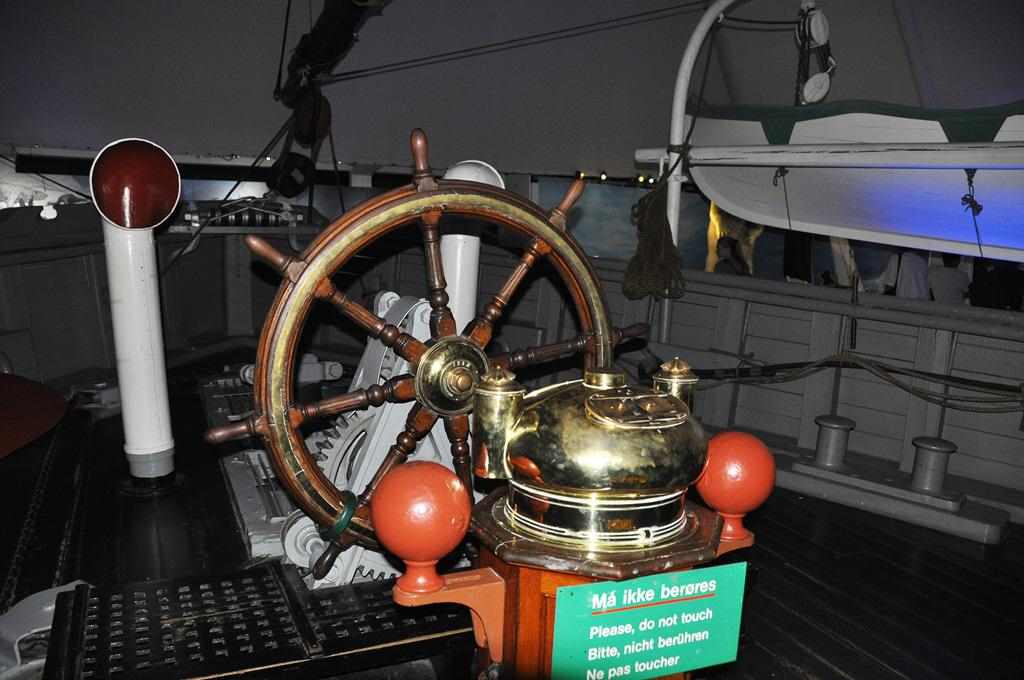
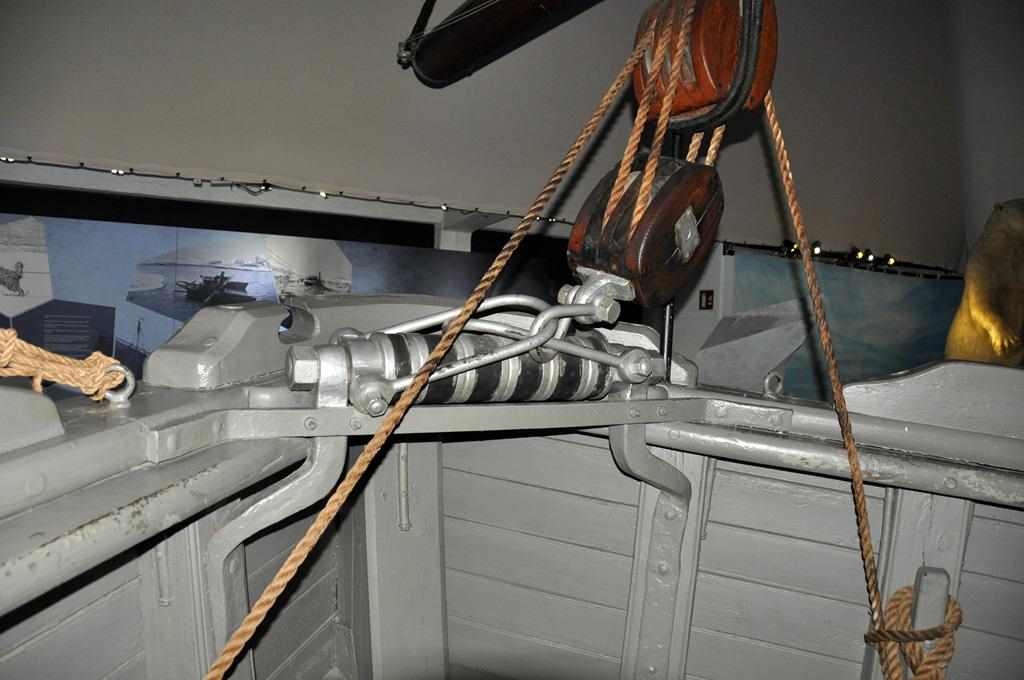
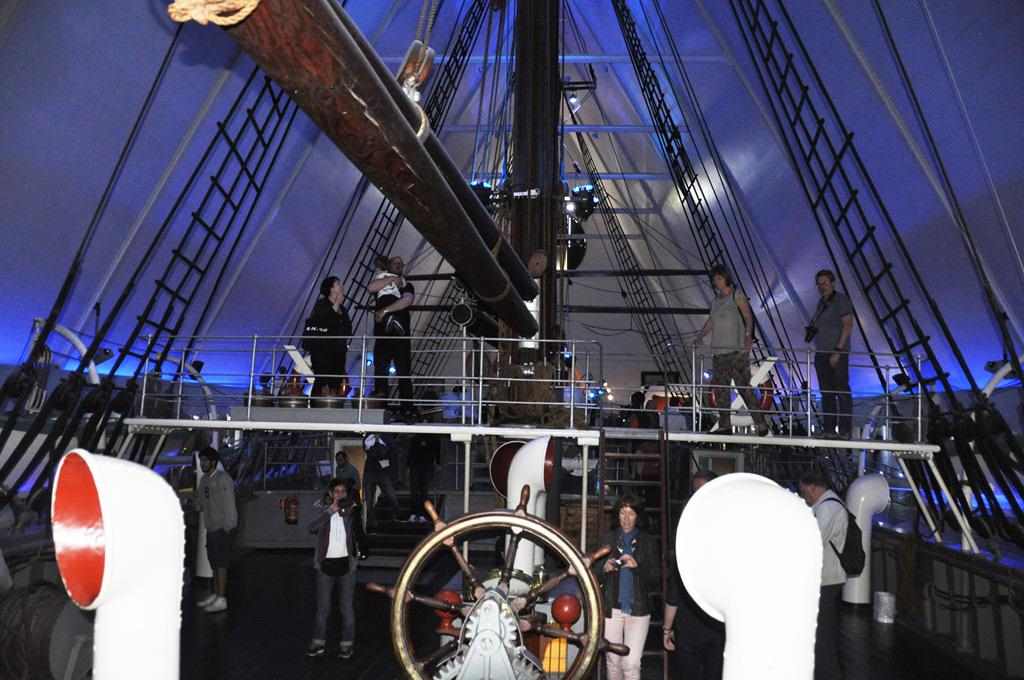
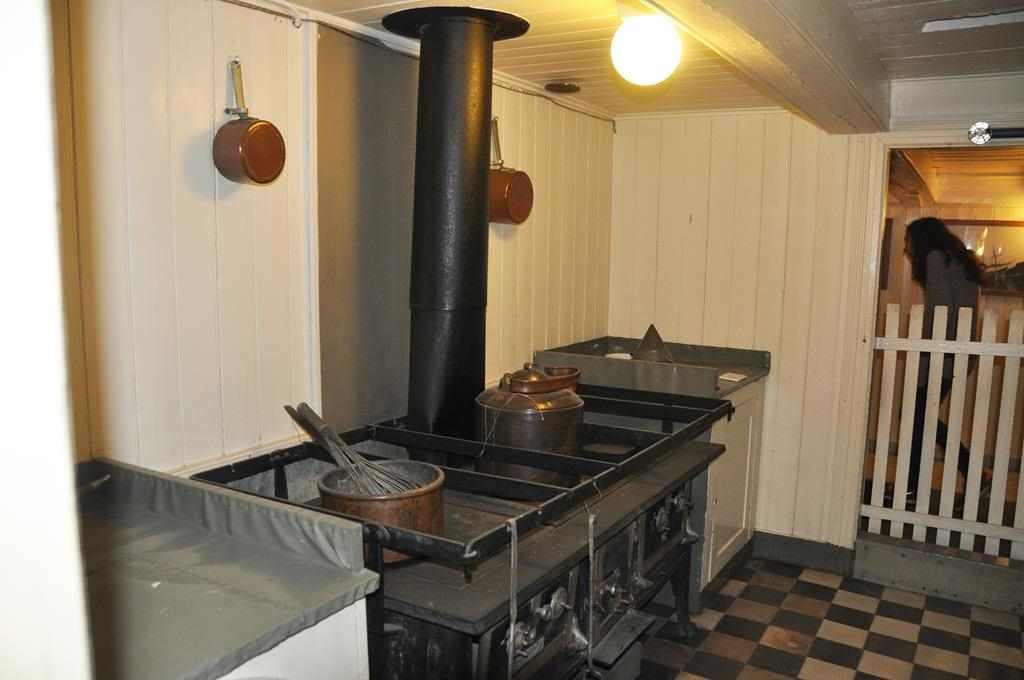

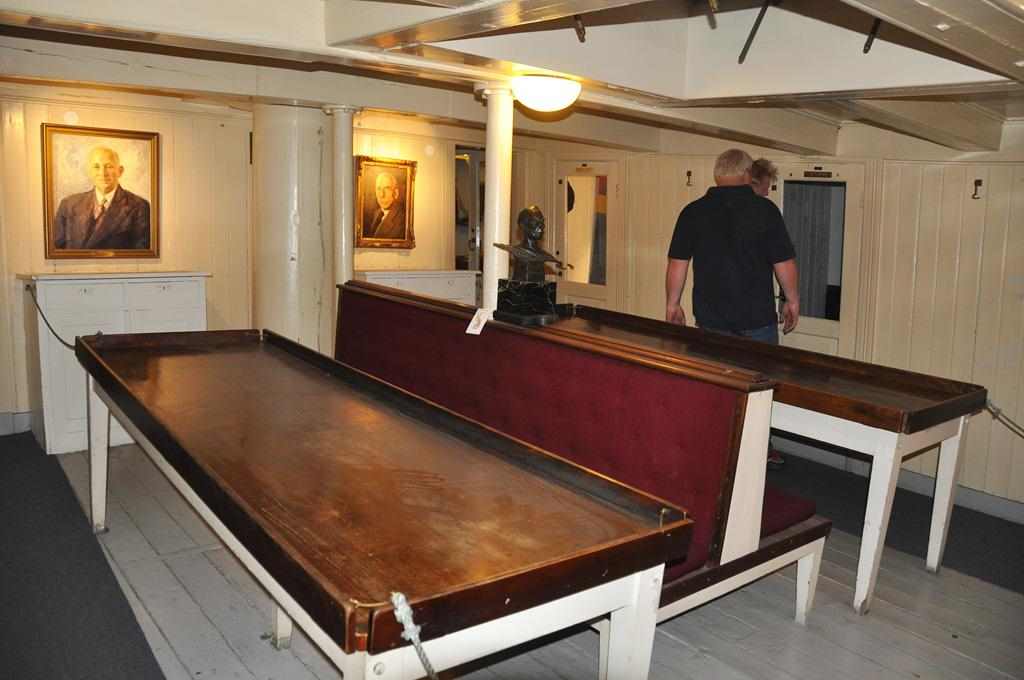

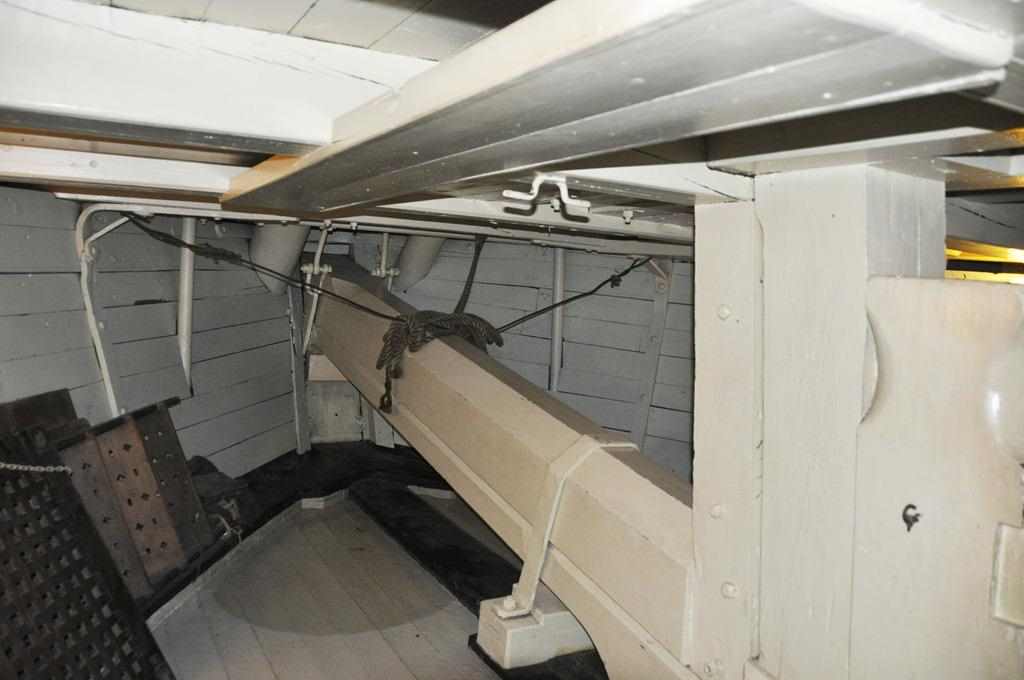
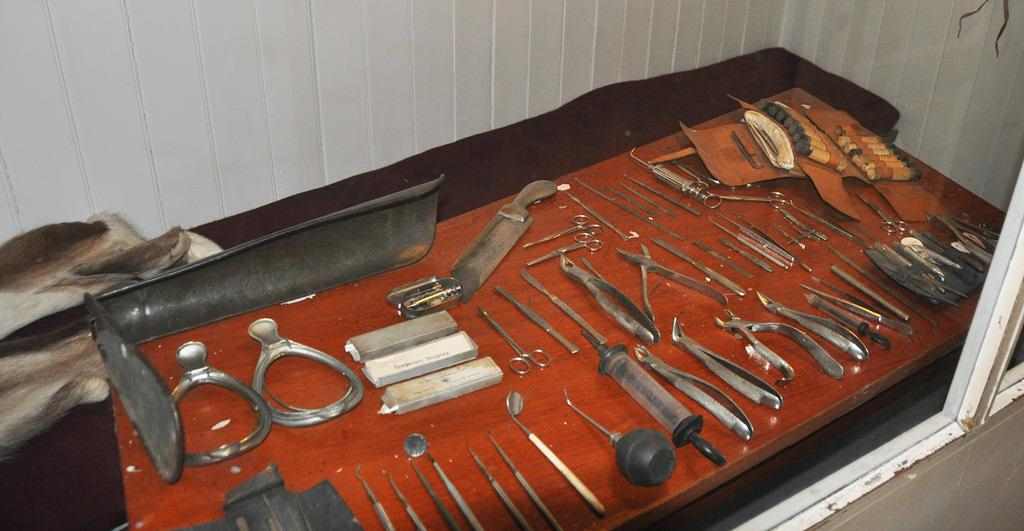
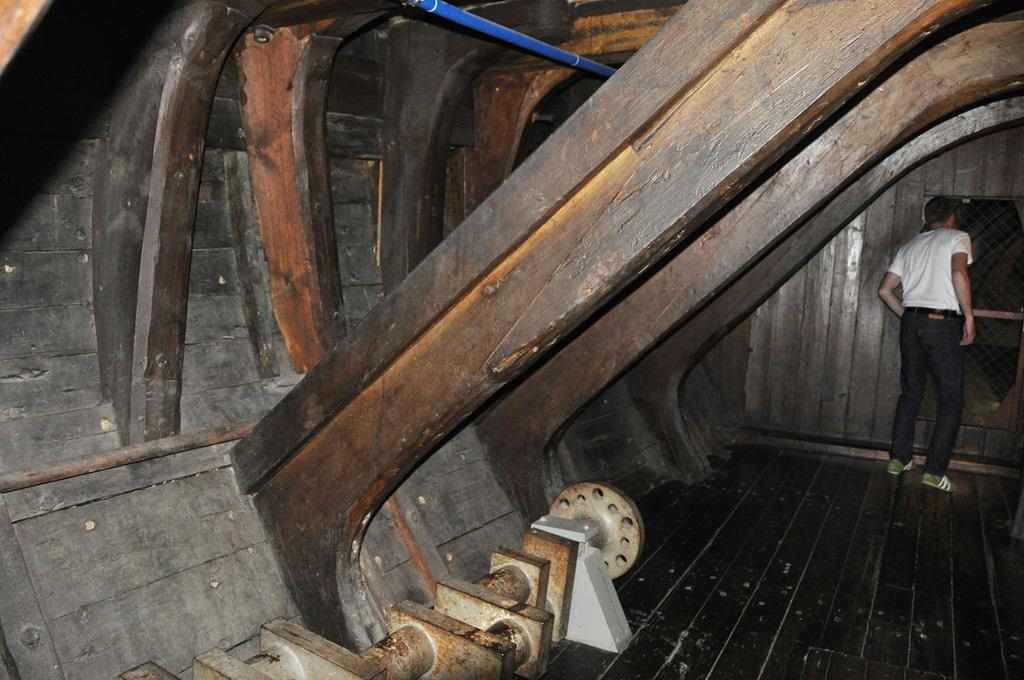
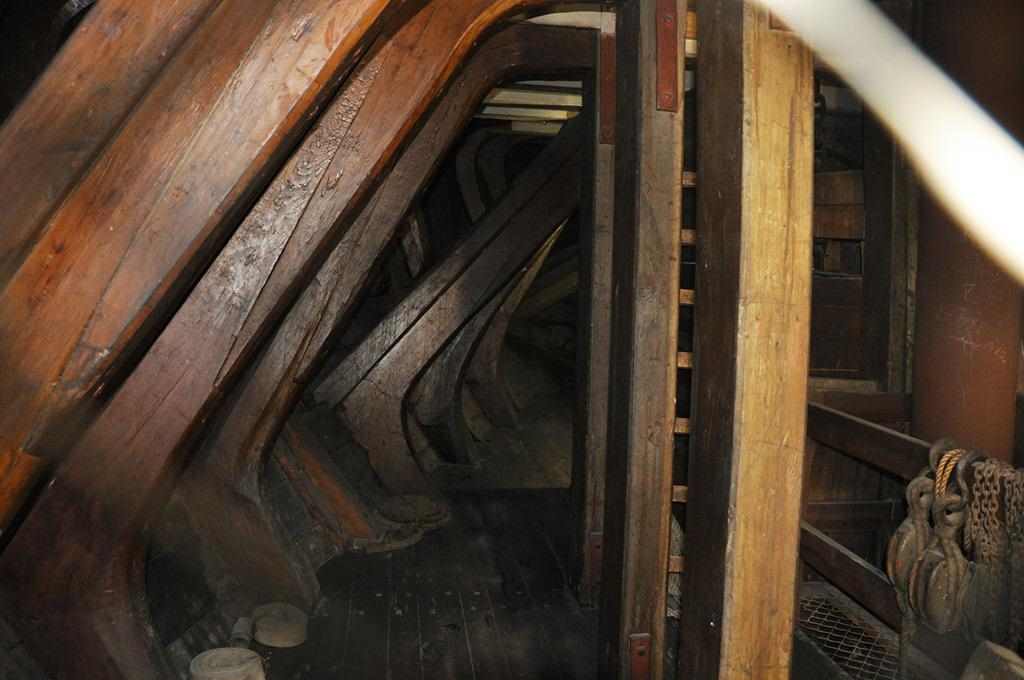
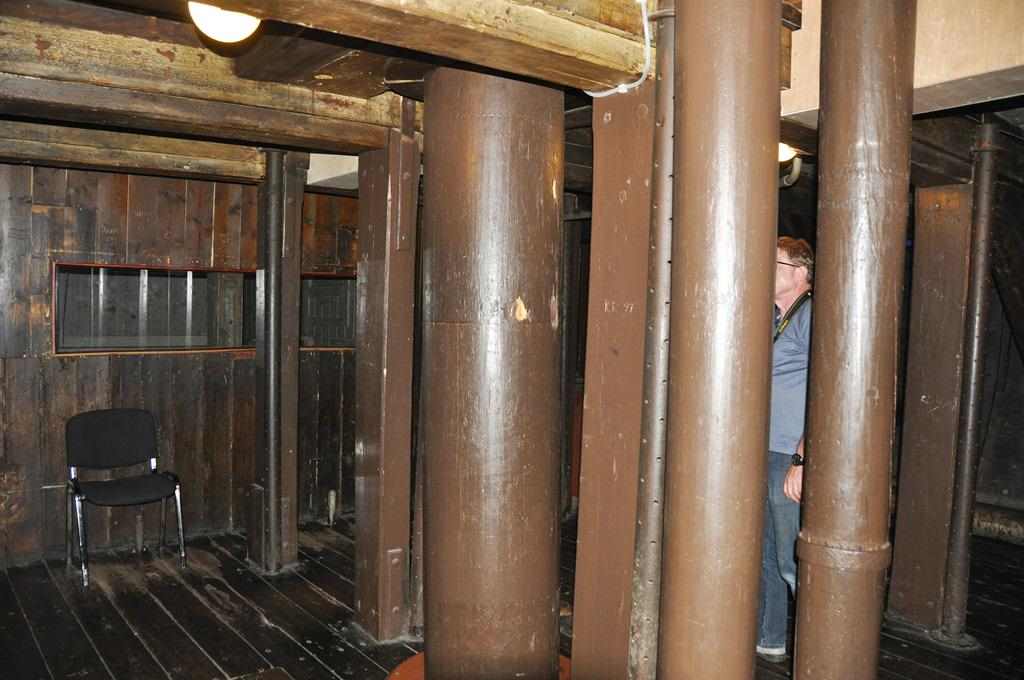

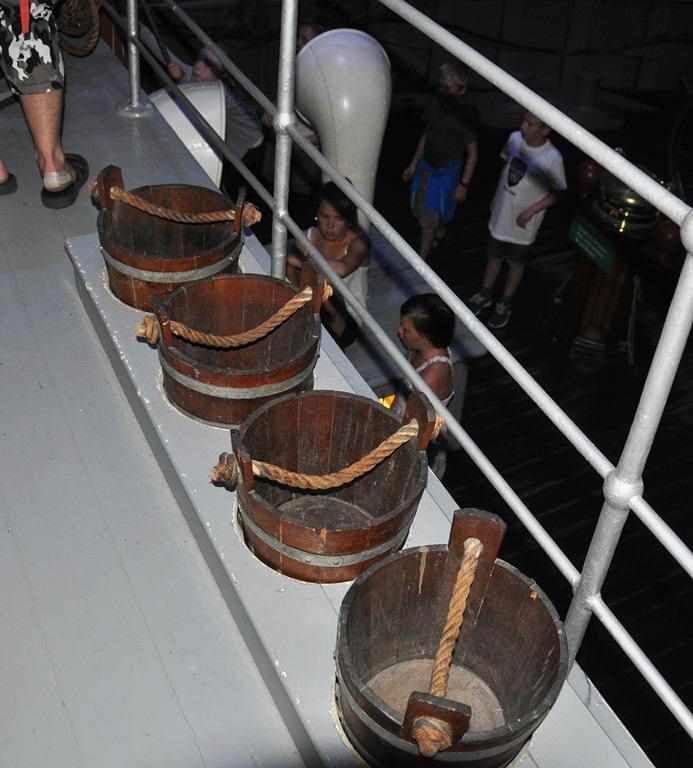
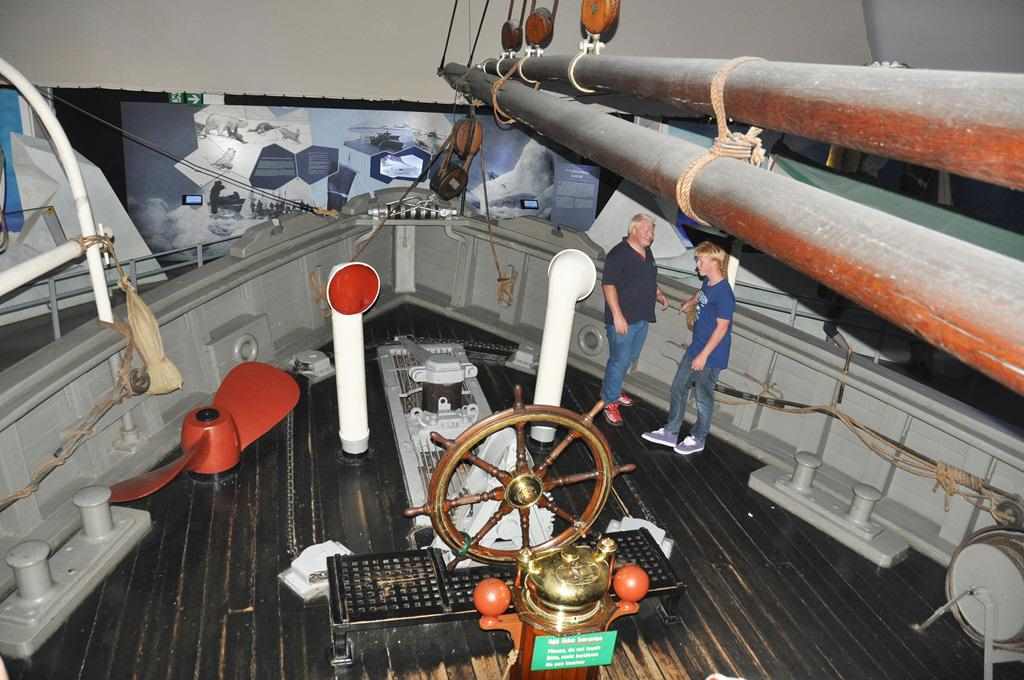
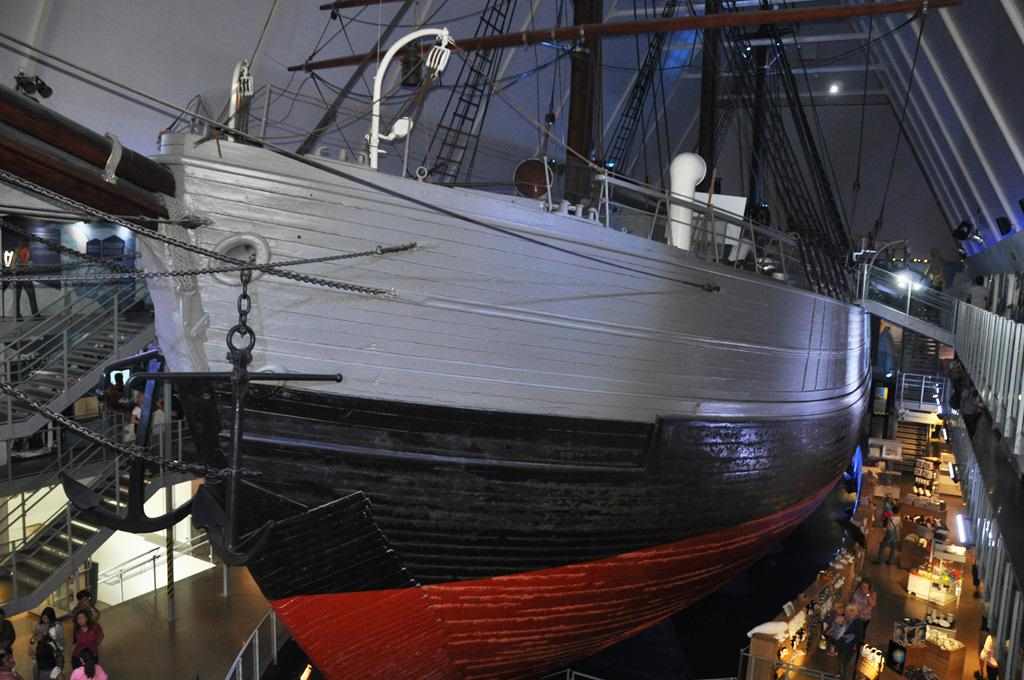
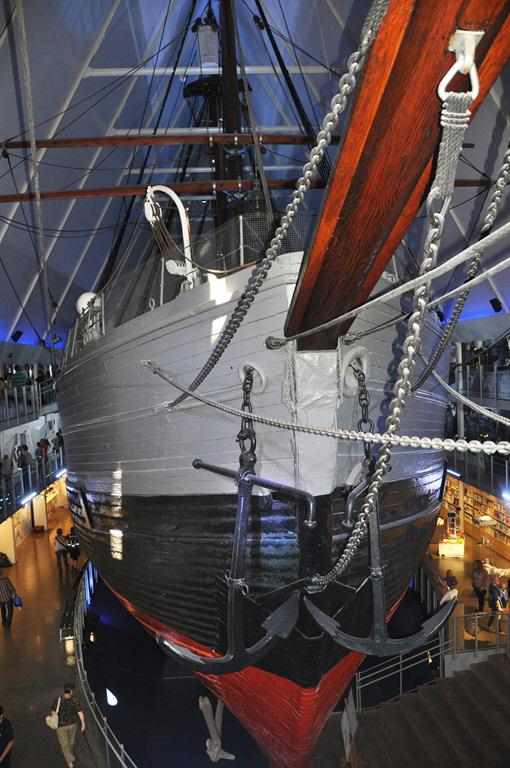
On 14 December 1911, Roald Amundsen was the leader of the first expedition to reach the South Pole.
Amundsen initially planned this expedition to go to the North Pole and explore the Arctic Basin.
Finding it difficult to raise funds, when he heard in 1909 that the Americans Frederick Cook and Robert Peary
had claimed to reach the North Pole as a result of two different expeditions, he decided to reroute to Antarctica.
He was not clear about his intentions, and the Englishman Robert F. Scott and the Norwegian supporters felt misled.
Scott was planning his own expedition to the South Pole that year.
Using the ship Fram earlier used by Fridtjof Nansen, Amundsen left Oslo for the south on 3 June 1910.
At Madeira, Amundsen alerted his men that they would be heading to Antarctica, and sent a telegram to Scott,
notifying him simply: "BEG TO INFORM YOU FRAM PROCEEDING ANTARCTIC--AMUNDSEN."

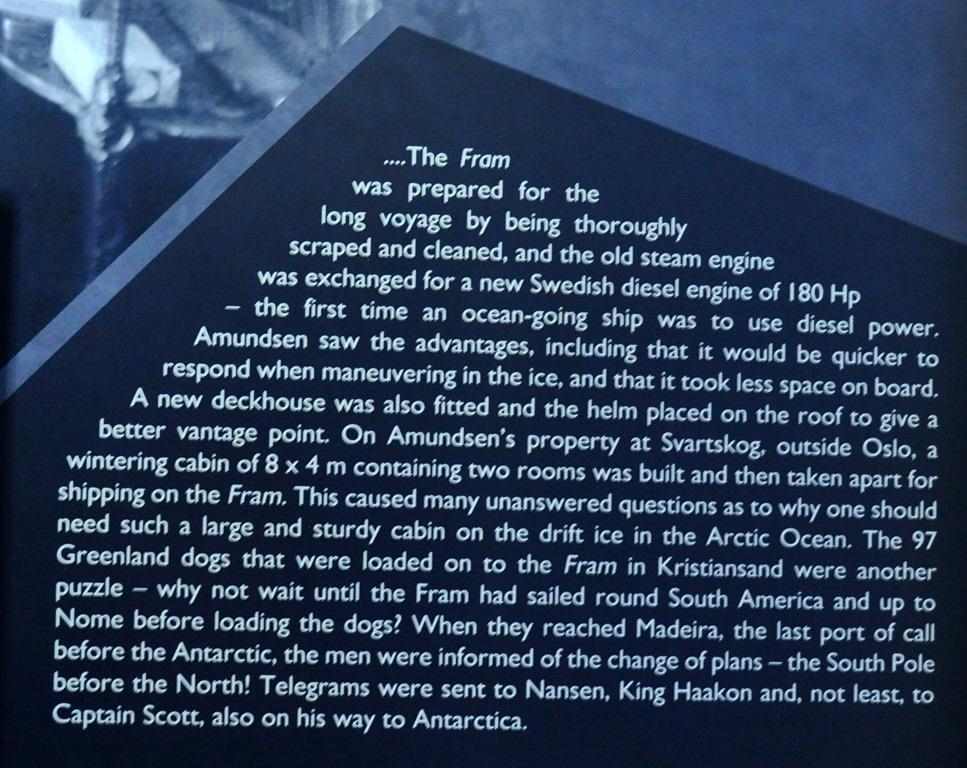
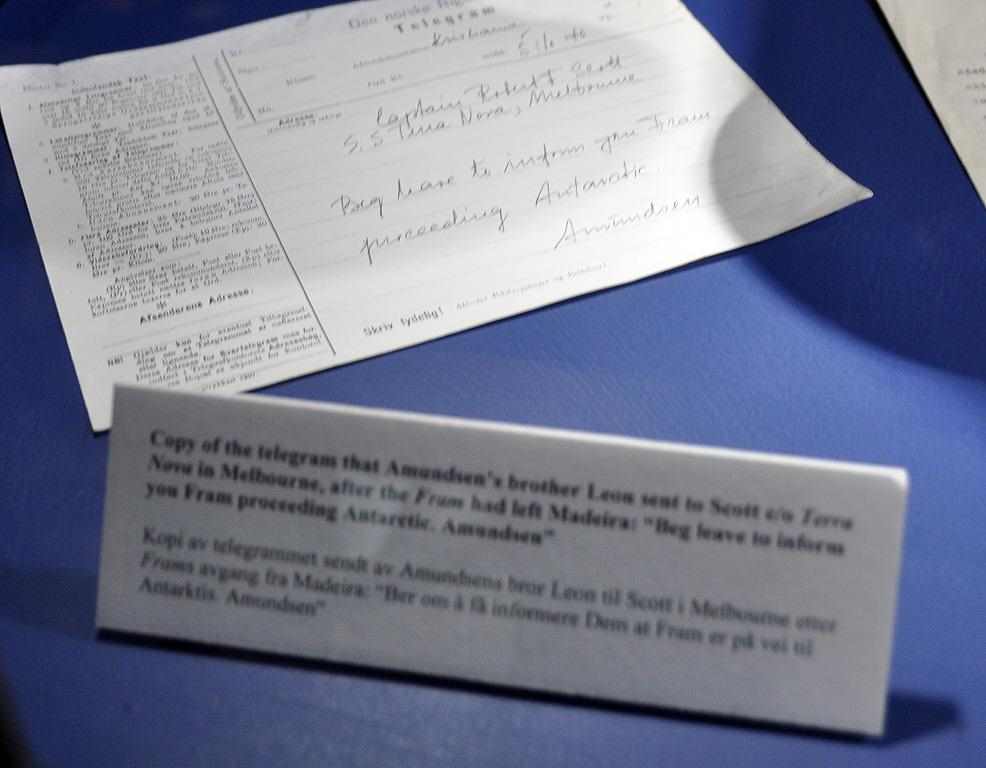


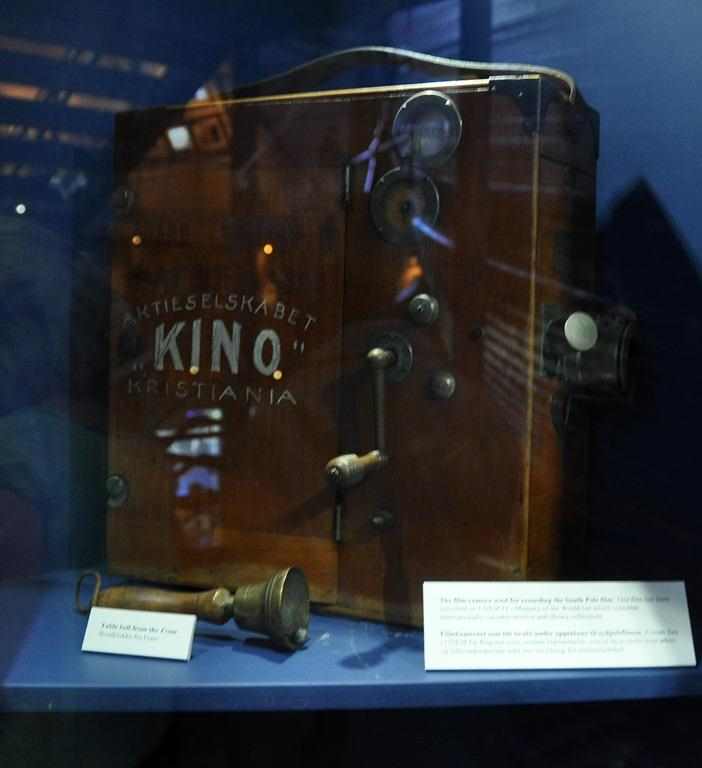
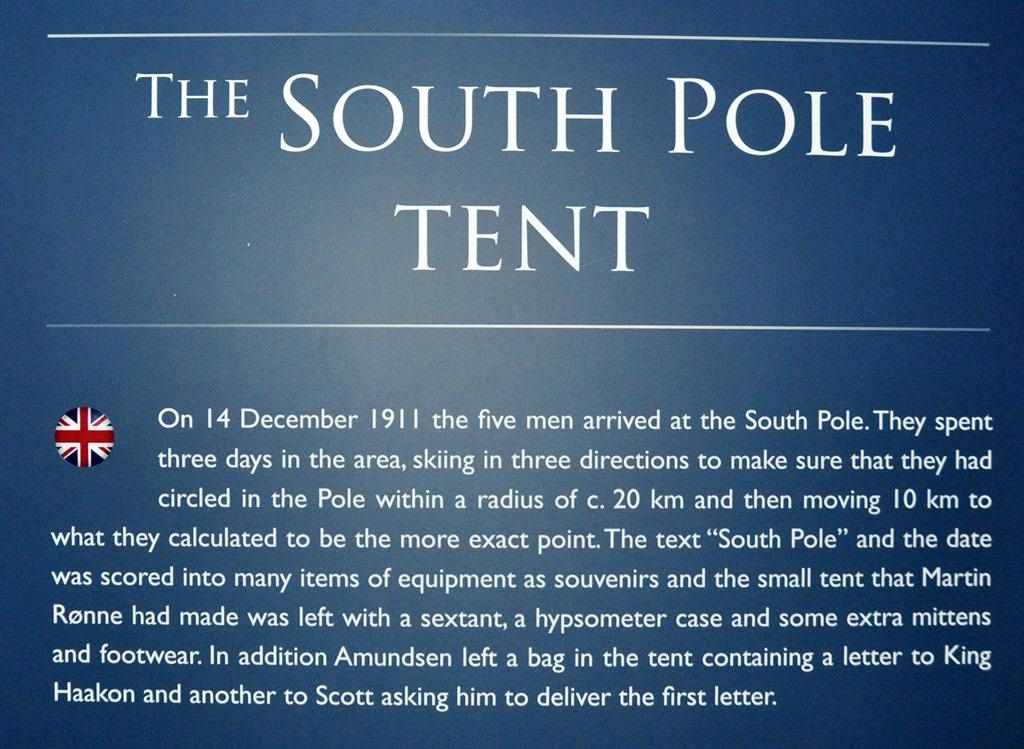
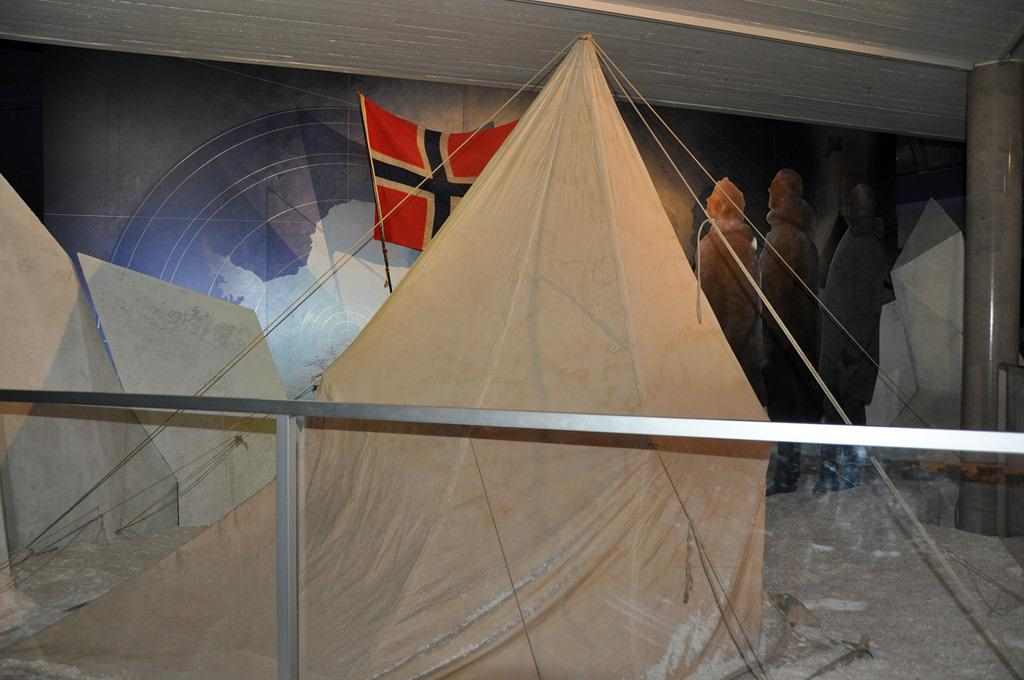
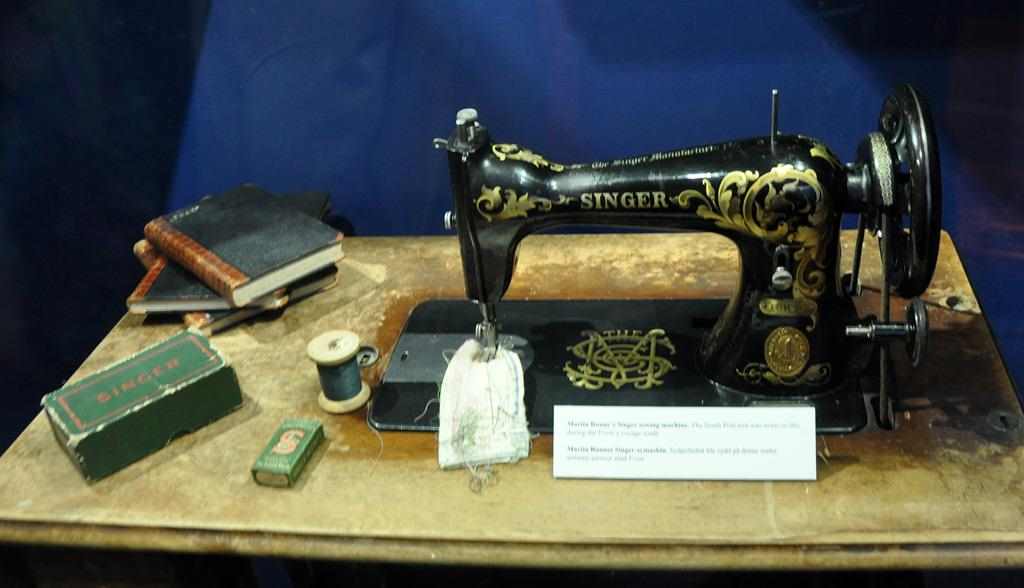
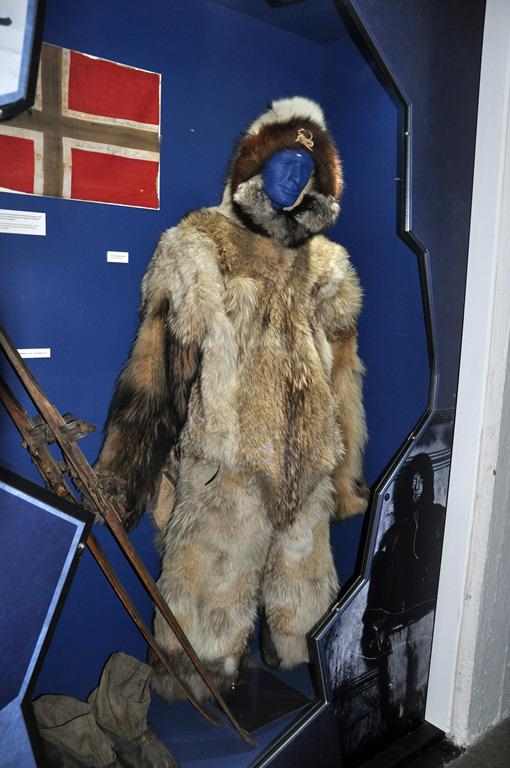
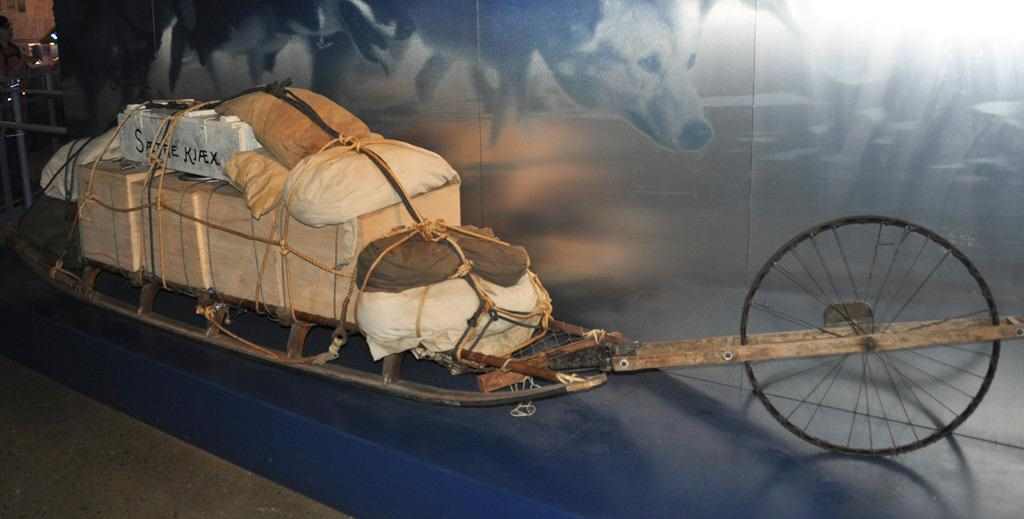

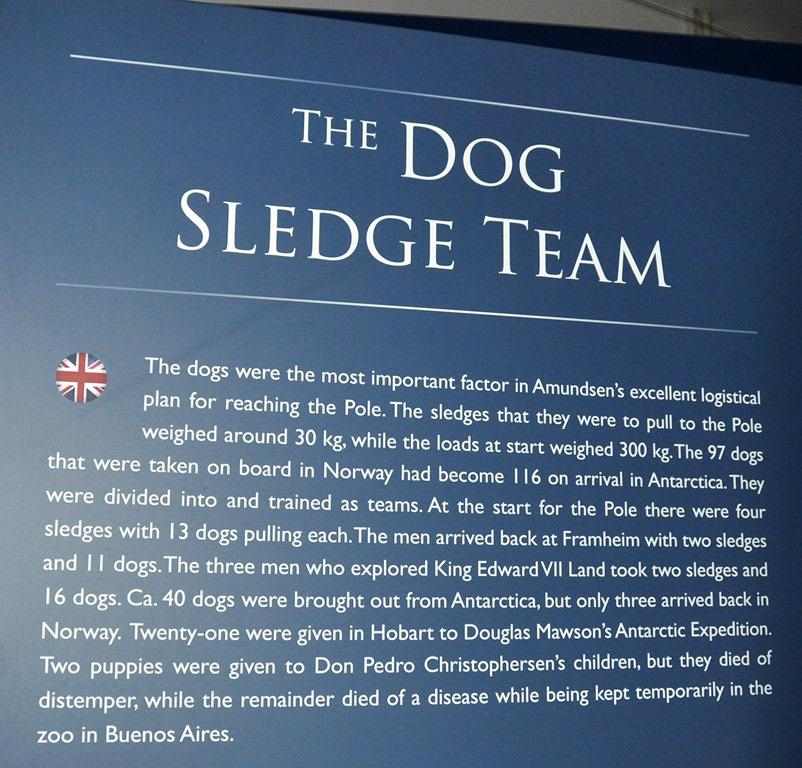
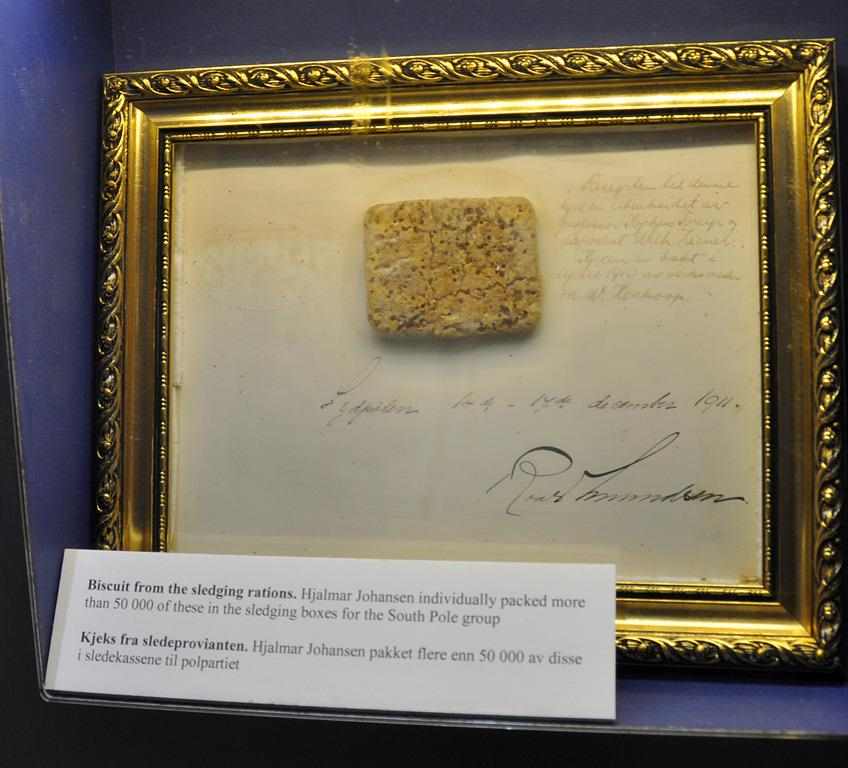
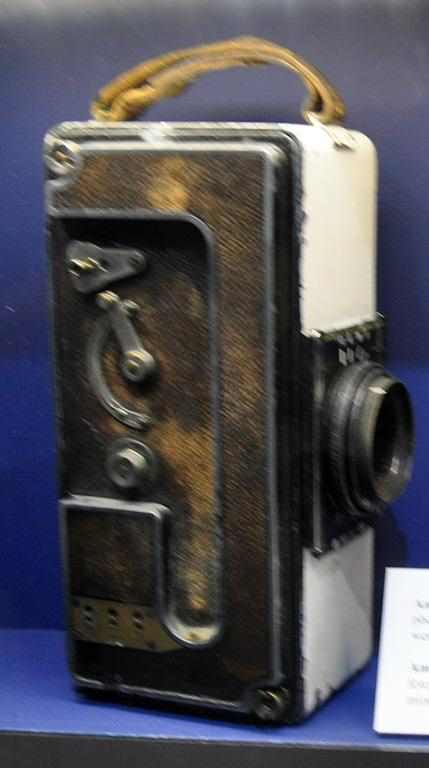

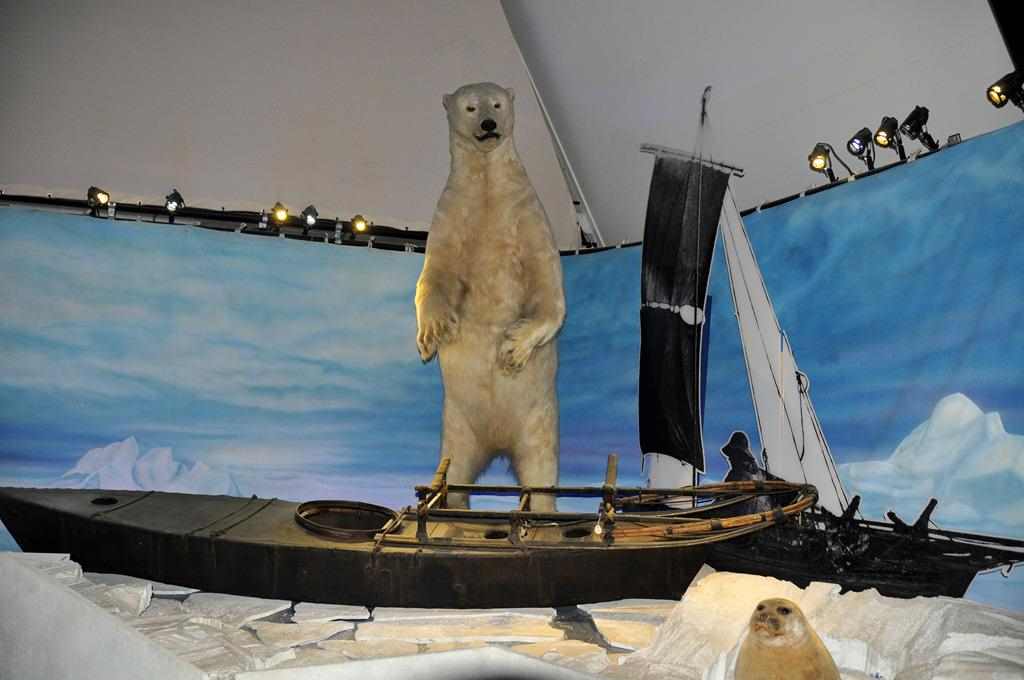
Raold Amundsen (1872 - 1928) is recognized as the first person, without dispute, as having reached both poles.
In 1926, he was the expedition leader for the air expedition to the North Pole.
In June 1928, while taking part in a rescue mission for the Airship Italia, the plane he was in disappeared.

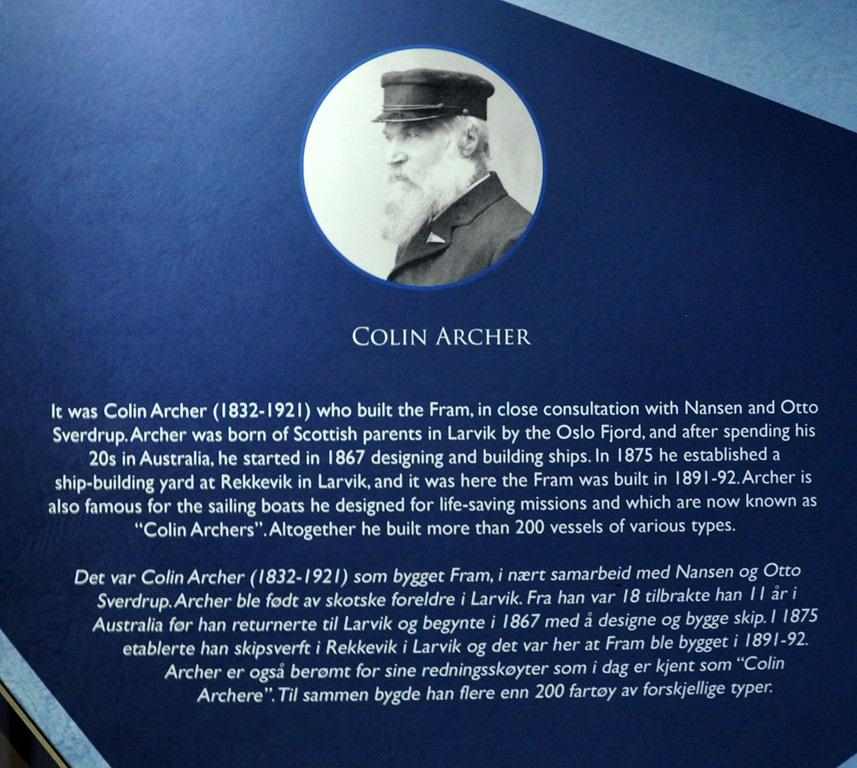
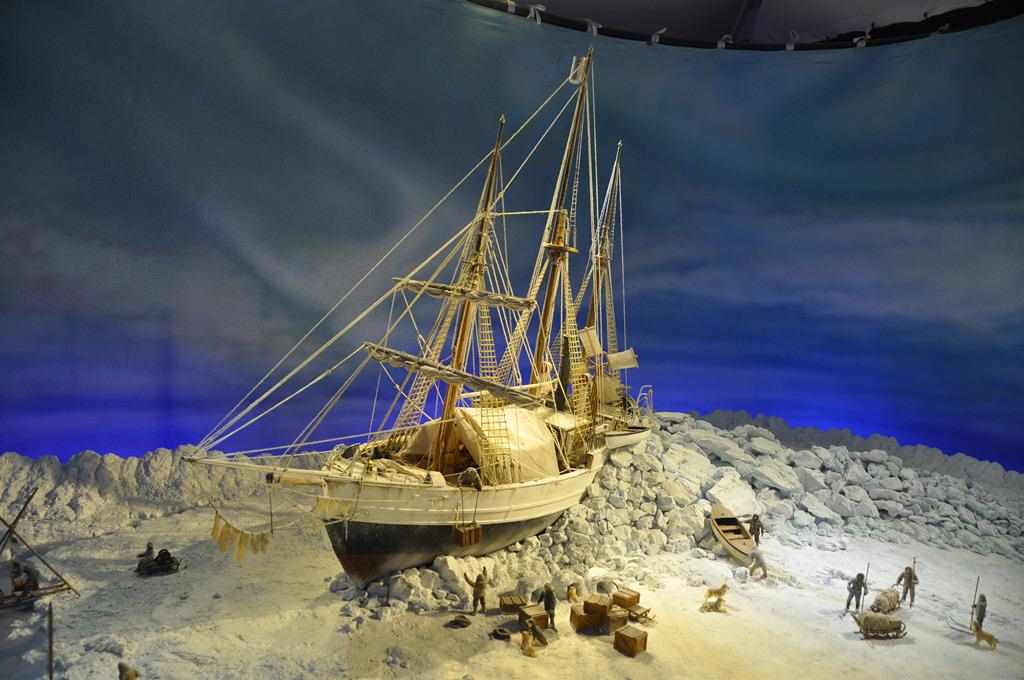
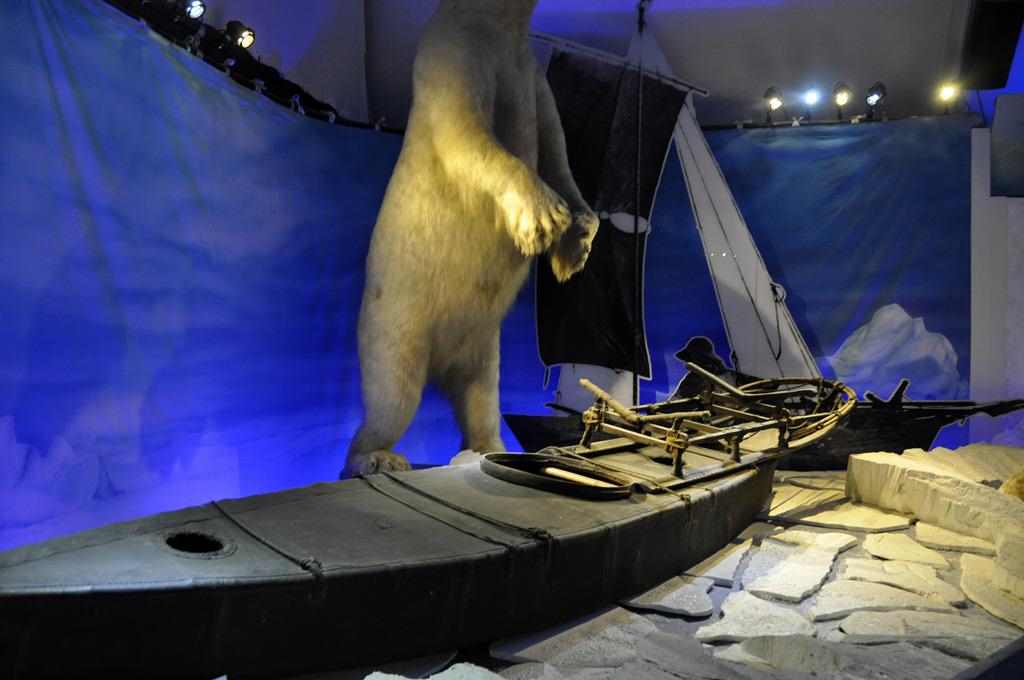
The second part of the Fram Museum houses the Gjoa. You walk though a tunnel under the road to it.
The Gjøa was the first vessel to transit the Northwest Passage.
With a crew of six, Roald Amundsen traversed the passage in a three-year journey, finishing in 1906.
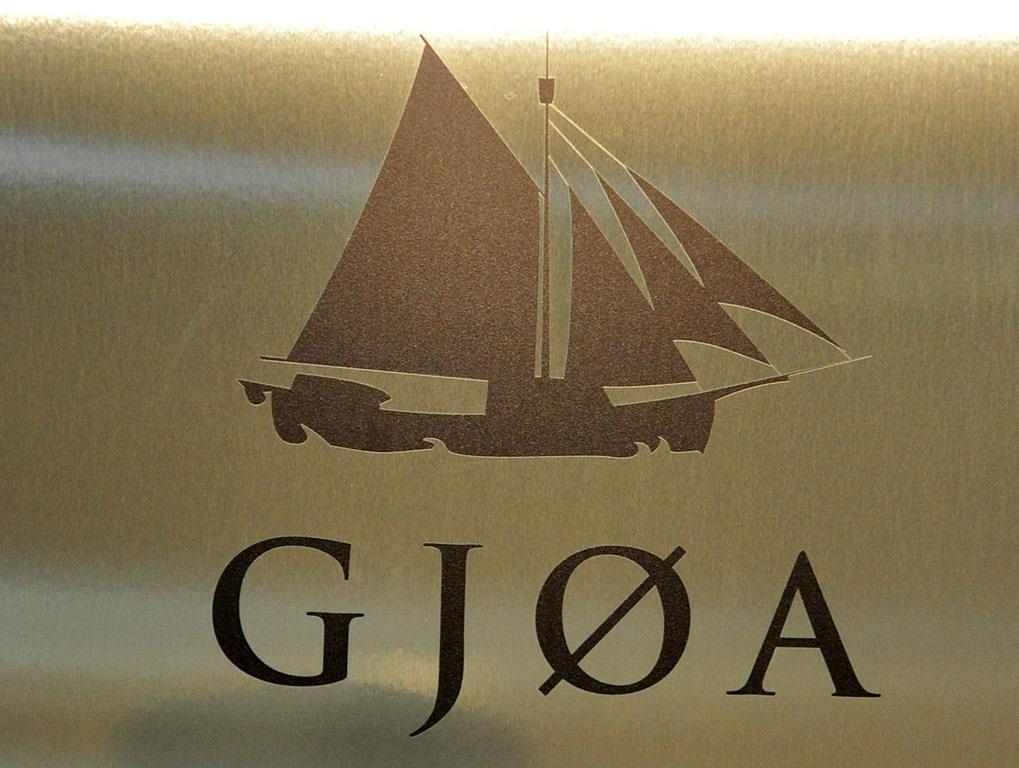


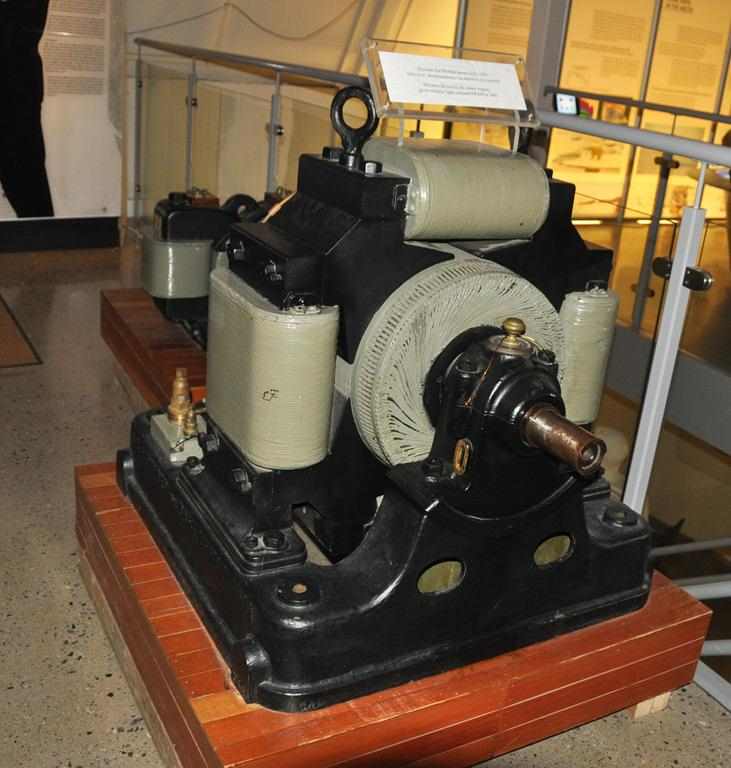
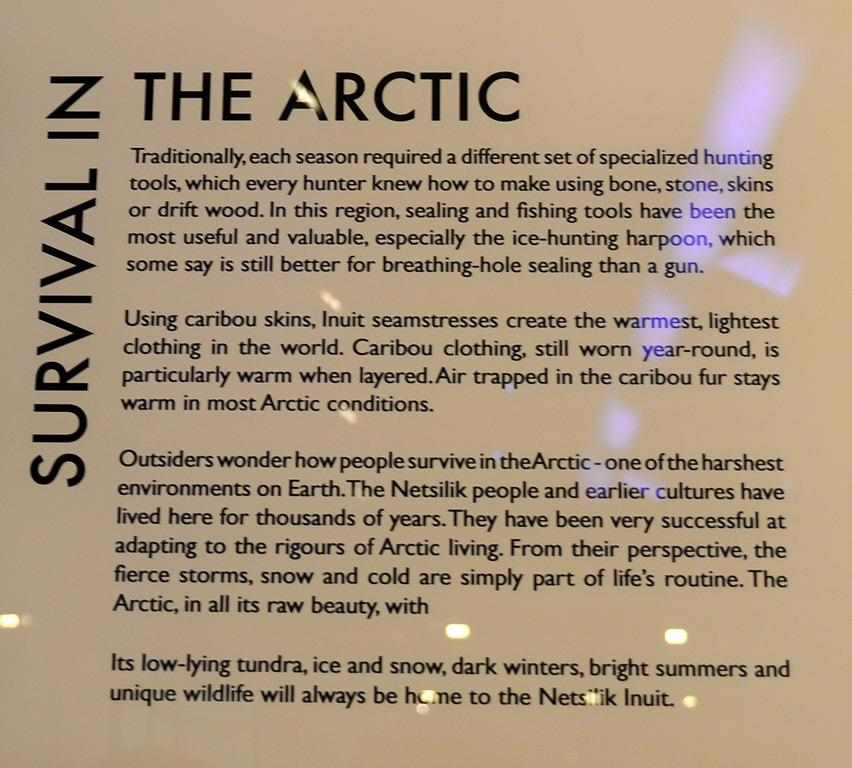


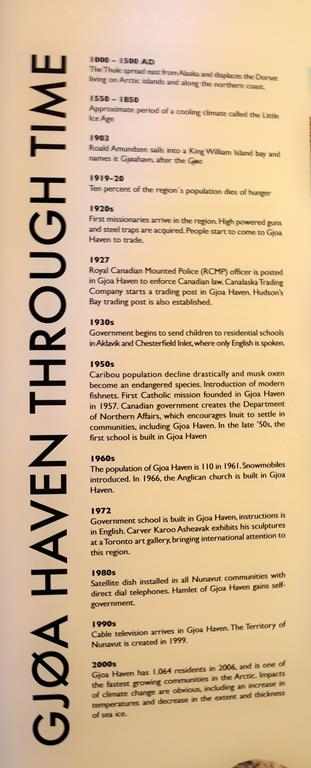



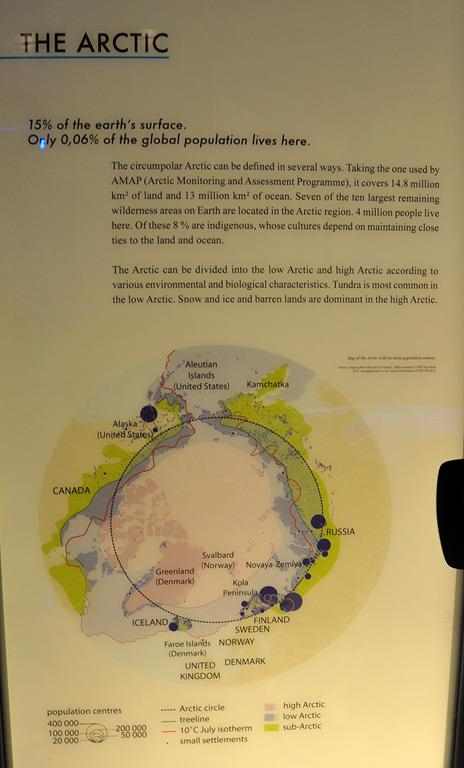

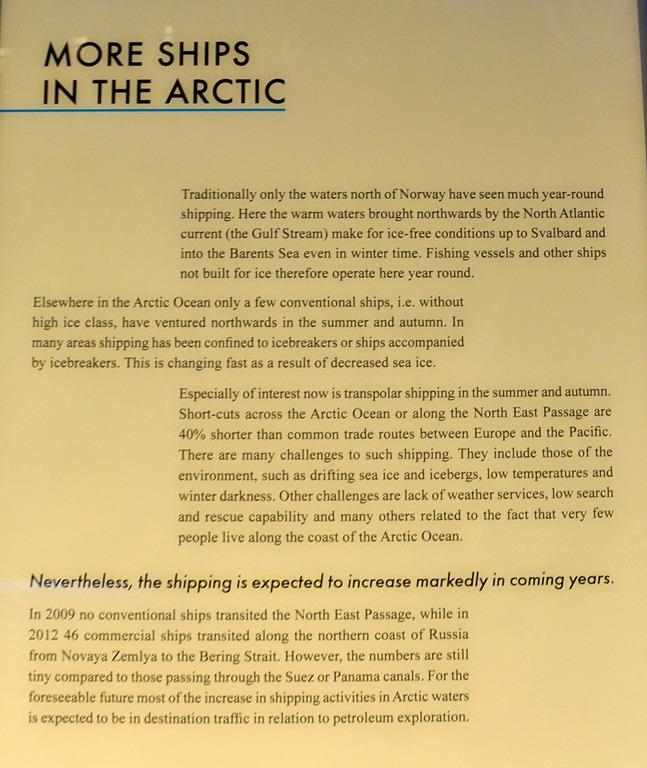

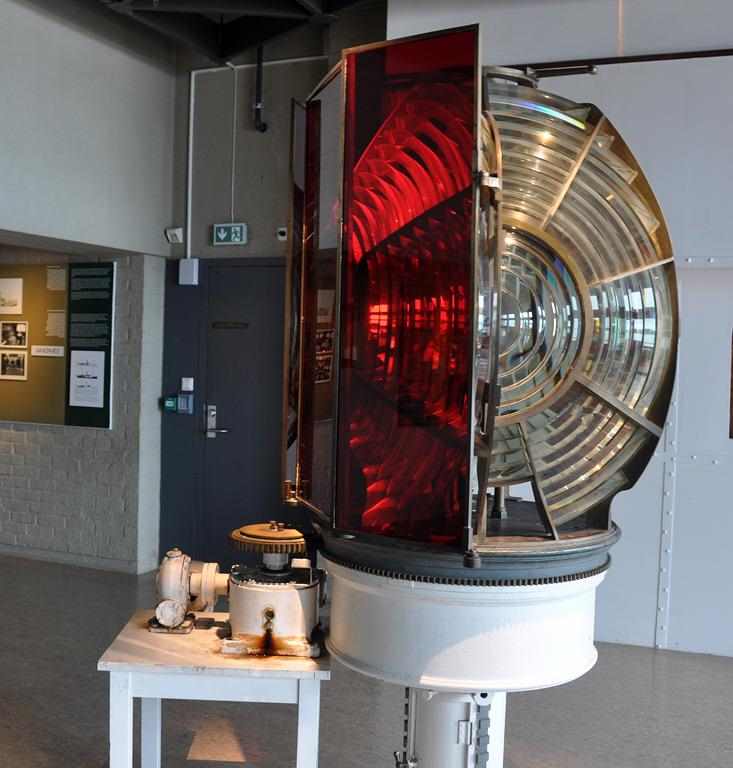
After the Fram Museum we visited the adjacent Norwegian Maratime Museum and then caught a ferry back to central Oslo.
Fram ("Forward") is a ship that was used in expeditions of the Arctic and Antarctic regions
by the Norwegian explorers Fridtjof Nansen, Roald Amundsen and others between 1893 and 1912.
It was designed and built by the Scottish-Norwegian shipwright Colin Archer for Fridtjof Nansen's
1893 Arctic expedition in which the plan was to freeze Fram into the Arctic ice sheet
and float with it over the North Pole.
Fram is said to have sailed further north (85°57'N) and farther south (78°41'S) than any other wooden ship.
>
































On 14 December 1911, Roald Amundsen was the leader of the first expedition to reach the South Pole.
Amundsen initially planned this expedition to go to the North Pole and explore the Arctic Basin.
Finding it difficult to raise funds, when he heard in 1909 that the Americans Frederick Cook and Robert Peary
had claimed to reach the North Pole as a result of two different expeditions, he decided to reroute to Antarctica.
He was not clear about his intentions, and the Englishman Robert F. Scott and the Norwegian supporters felt misled.
Scott was planning his own expedition to the South Pole that year.
Using the ship Fram earlier used by Fridtjof Nansen, Amundsen left Oslo for the south on 3 June 1910.
At Madeira, Amundsen alerted his men that they would be heading to Antarctica, and sent a telegram to Scott,
notifying him simply: "BEG TO INFORM YOU FRAM PROCEEDING ANTARCTIC--AMUNDSEN."

















Raold Amundsen (1872 - 1928) is recognized as the first person, without dispute, as having reached both poles.
In 1926, he was the expedition leader for the air expedition to the North Pole.
In June 1928, while taking part in a rescue mission for the Airship Italia, the plane he was in disappeared.




The second part of the Fram Museum houses the Gjoa. You walk though a tunnel under the road to it.
The Gjøa was the first vessel to transit the Northwest Passage.
With a crew of six, Roald Amundsen traversed the passage in a three-year journey, finishing in 1906.
















After the Fram Museum we visited the adjacent Norwegian Maratime Museum and then caught a ferry back to central Oslo.